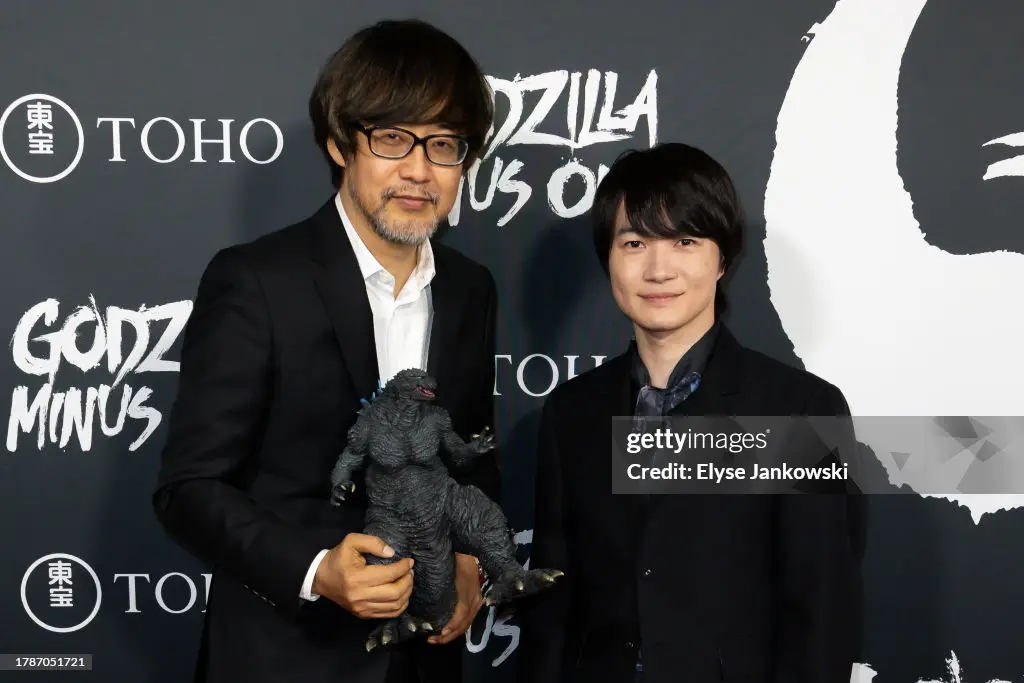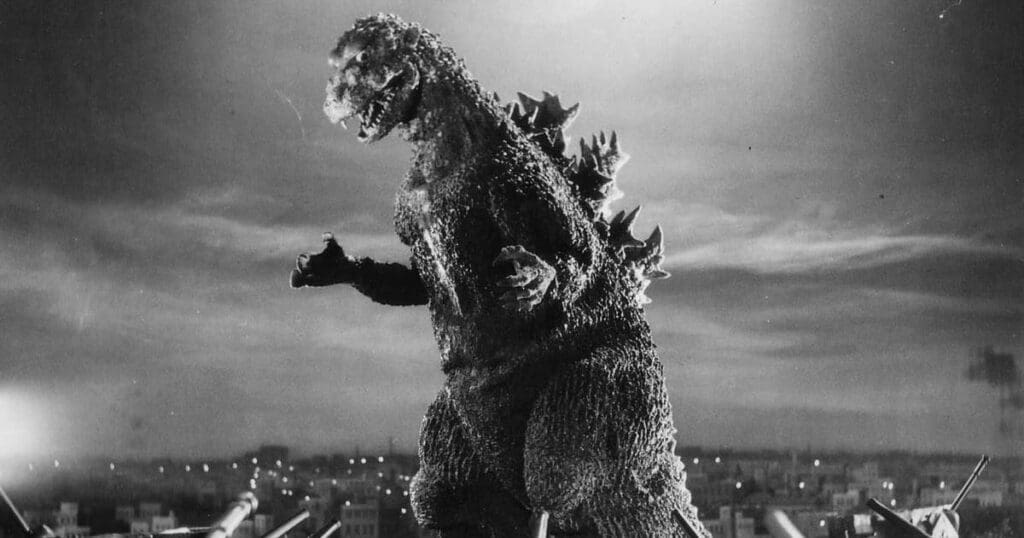
In a recent interview Godzilla Minus One director Takashi Yamazaki implied that Hollywood lacks vision and communication skills. If only he knew how right he is.
In a groundbreaking turn of events for both the Japanese film industry and the iconic Godzilla franchise,Director Takashi Yamazaki’s Godzilla Minus One has clinched a historic nomination for the Academy Award for Best Visual Effects. This nomination marks the first time in Godzilla‘s 70-year cinematic history that the legendary kaiju has been recognised by the prestigious Oscars, as well as being the first Japanese film to achieve such a feat since 1971’s Tora! Tora! Tora!, which was a collaboration with American production.
Directed by Takashi Yamazaki, who also helmed the visual effects and contributed to the screenplay, Godzilla Minus One has garnered widespread critical acclaim and commercial success in the United States, becoming the third-highest-grossing foreign-language film in the country’s box office history. Set in postwar Japan, Takashi Yamazaki’s film depicts a Tokyo ravaged by the King of the Monsters, compelling demoralised civilians to unite in a bid to halt Godzilla‘s rampage.

Takashi Yamazaki, a veteran in both the visual effects and directing realms, reflected on the unexpected journey of Godzilla Minus One towards Oscar recognition. Initially sceptical of the film’s prospects on the global stage, Takashi Yamazaki acknowledged the prevailing sentiment in Japan that accolades such as the Oscars were beyond reach. However, the film’s resonance with international audiences and critical acclaim prompted a shift in perspective, culminating in the historic Oscars nomination.
Discussing the remarkable visual effects achieved on a comparatively modest budget, Takashi Yamazaki credited the efficiency of an in-house production workflow. Unlike larger Hollywood productions, which often rely on outsourcing to third-party visual effects companies, Godzilla Minus One maintained a predominantly in-house approach, facilitating seamless communication and alignment with the director’s vision. Takashi Yamazaki emphasised the significance of direct interaction between the director and the visual effects team, minimising the need for extensive revisions and ensuring a streamlined production process.
Furthermore, Takashi Yamazaki outlined the “second-round rule,” a unique approach employed during the production, wherein initial visual effects are swiftly executed followed by a comprehensive review and refinement process. This iterative approach allowed the team to enhance and optimise visual effects within a defined time-frame, maximising efficiency without compromising quality.

Takashi Yamazaki’s remarks also shed light on his perception of Hollywood’s approach to film-making, highlighting a perceived lack of vision and communication skills. Drawing a comparison to his own experience with Godzilla Minus One, Yamazaki suggested that Hollywood’s reliance on outsourcing and fragmented production workflows may contribute to inefficiencies and hinder creative collaboration.
When asked how Hollywood could cut costs Yamazaki said: “if there is a solid vision throughout the process of making a single film, then I think there is a way to cut down on costs. Yes, there are trial-and-error costs, and bouncing ideas off each other is necessary to a certain extent. But, if you can clearly communicate that vision, then maybe there is no need to do a lot of experimenting on the side that eats up a lot of cost and time.”
As Godzilla Minus One prepares to vie for the coveted Oscar for Best Visual Effects, its groundbreaking nomination not only signifies a triumph for Japanese cinema but also underscores the enduring global appeal of the iconic Godzilla franchise. With its innovative production techniques and visionary direction, the film stands as a testament to the power of creativity and collaboration in the world of film making.
NEXT: The Superbowl Unveiled Twisters Trailer With Daisy Edgar-Jones To Be Another Tired Hollywood Trope

Leave a Reply